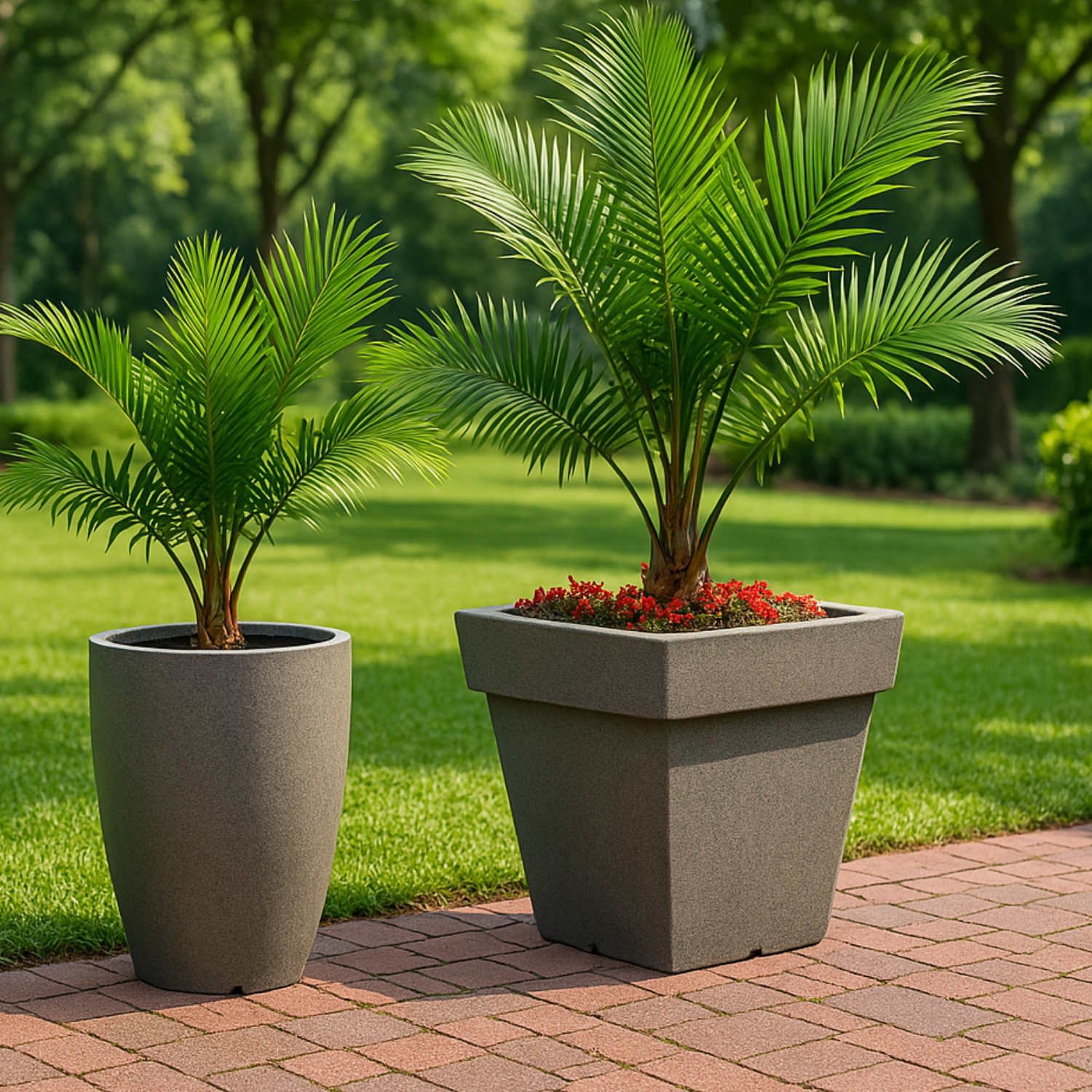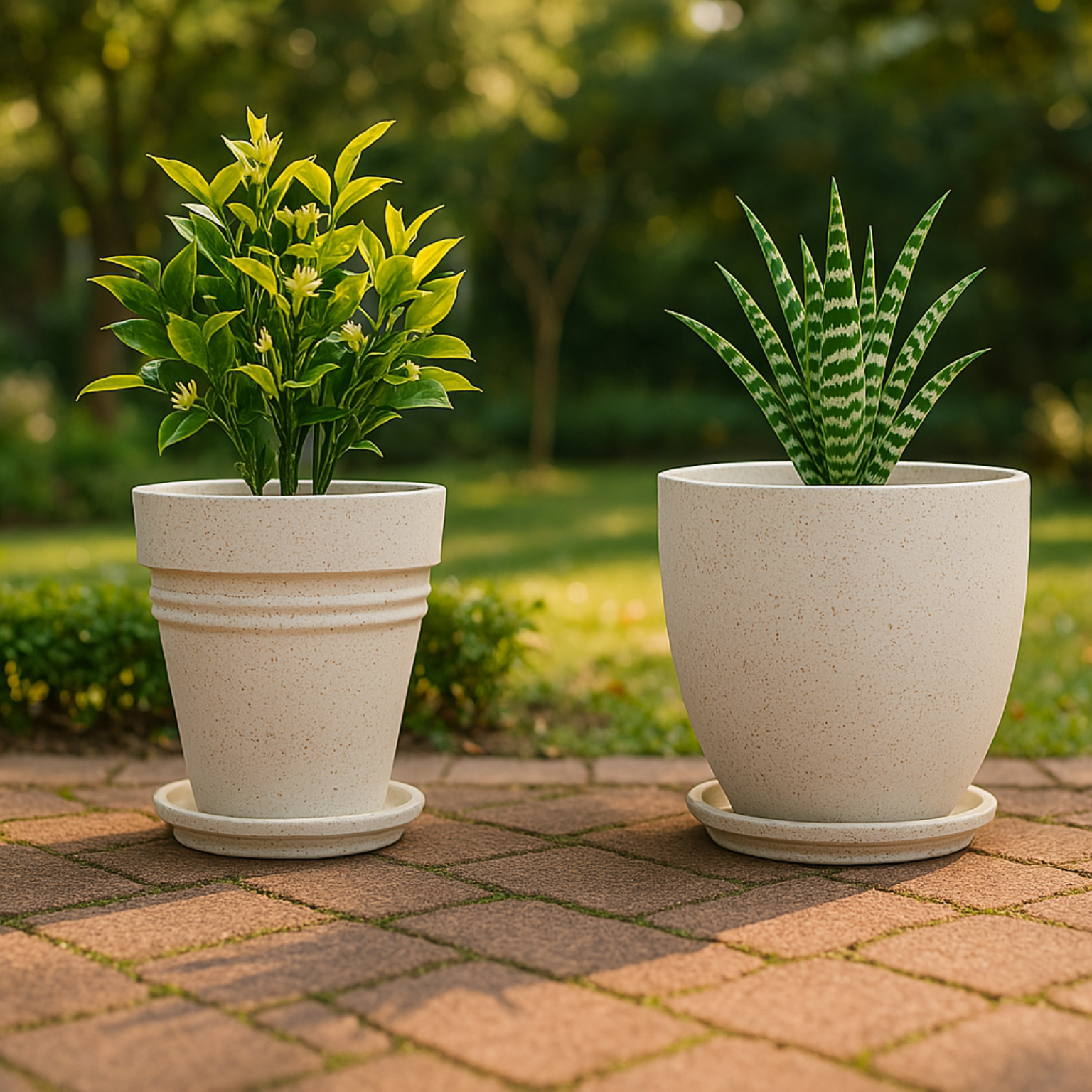When it comes to plant care, the type of soil, sunlight, and watering schedule often get all the attention. But there’s one small detail that makes a big difference in plant health—drainage holes. Often overlooked, these tiny holes at the bottom of your pot could be the most important factor in keeping your plants thriving.
In this blog, we’ll explore why drainage holes matter, what happens without them, and how to choose the right pots—plus, we’ll suggest some functional and stylish options from Nest & Vine.
Why Are Drainage Holes Important?
1. Prevent Root Rot
When water accumulates at the bottom of a pot without a way to escape, the roots sit in stagnant moisture. This causes them to rot—a common reason houseplants die.
2. Avoid Overwatering Damage
Even if you're careful with watering, excess moisture that cannot drain away can still suffocate your plant’s roots and promote fungus growth.
3. Encourage Healthy Root Growth
Proper drainage allows air to flow into the root zone, helping roots grow strong and absorb nutrients more effectively.
4. Maintain Balanced Soil Moisture
Pots with holes allow excess water to escape while retaining just the right amount of moisture that plants need.
What Happens Without Drainage Holes?
Plants become prone to yellowing leaves
Soil becomes soggy and oxygen-starved
Fungal infections and gnats may appear
Roots may begin to rot, leading to plant death
While it's possible to plant in containers without holes by adding a layer of rocks or charcoal, this is not a reliable long-term solution.
How to Choose the Right Pot with Drainage
Look for:
A well-placed central drainage hole or multiple small holes
Removable saucers or trays to catch excess water
Materials that complement your plant’s needs (plastic for moisture-loving plants, terracotta for dry-loving plants)
Recommended Planters from Nest & Vine
1. Premium Plastic Pots with Drainage
Lightweight, colorful, and perfect for balconies or windowsills.
2. Ceramic Pots with Built-In Tray
Beautifully glazed designs that blend form and function.
Ideal for succulents, herbs, and plants that thrive in well-drained soil.
Pro Tip: Use the Right Soil Mix
Even with drainage holes, compacted or improper soil can hold too much water. Always match your soil mix to your plant type for optimal drainage.
Final Thoughts
Drainage holes are not just a design feature—they are a plant-saving essential. Whether you're growing a peace lily or a cactus, choosing pots with proper drainage is one of the best things you can do for your plant's health.
Visit Nest & Vine to explore a wide selection of pots that offer both aesthetic appeal and essential drainage. Your plants will thank you.








Leave a comment
This site is protected by hCaptcha and the hCaptcha Privacy Policy and Terms of Service apply.